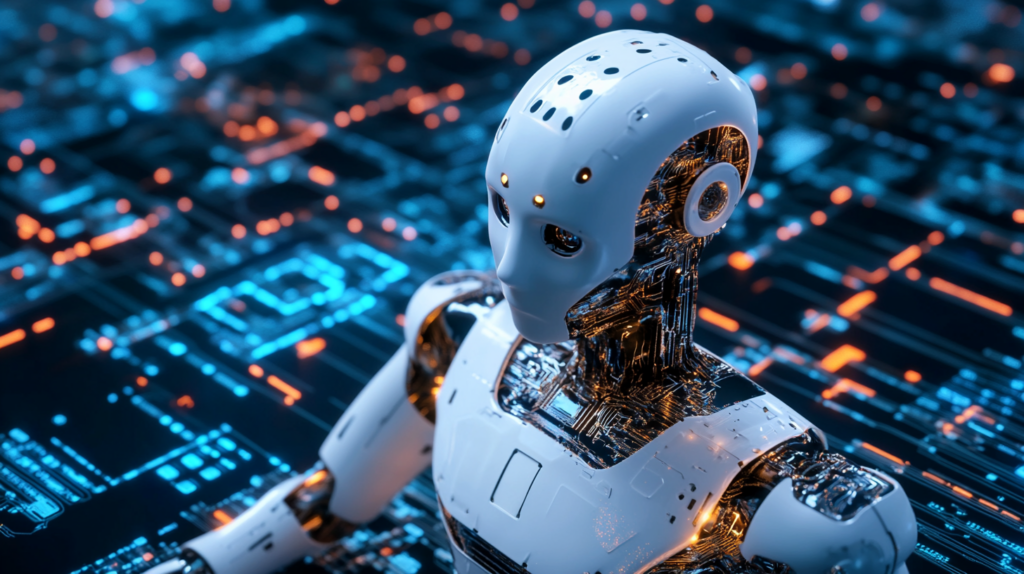Pause for a moment and think about the type of fear that crosses your mind when you think about AI. Is it perplexing? Or are you unscathed?
Whatever fears we have about AI are perfectly normal. With so many concerns already weighing on our minds, it’s only right that we confront this double-edged dilemma.
But the AI moment is uniquely challenging because the fear goes both ways.
You’re damned if you do; damned if you don’t.
Embrace AI too much, and you risk cognitive atrophy.
Resist it too long, and you risk professional obsolescence.
This isn’t just about technology; it’s about the psychology of technological resistance playing out in real time, creating a psychological trap that leaves people paralysed between two equally rational fears.
In This Post
The Psychology of Fear No. 1: AI Over-Reliance
Educators are increasingly concerned about the use of Gen AI, particularly regarding the authenticity of the work students put out. The data tells a compelling story: 68% of instructors believe generative AI will negatively or significantly negatively impact academic integrity.
But the deeper fear isn’t just about cheating; it’s about what happens to our minds. If you take a quick look at one of the many tenets of education, you would realise that the end goal is to improve our cognitive, creative, and critical thinking abilities.
So what happens when a tool is built to help us do all these?
What then happens to these skills we are meant to develop to function in the world? What happens to the originality that comes with winning a Nobel Peace Prize? Is anything original anymore? Will students be able to function in the world when they haven’t built the necessary skills?
The real fear isn’t just cheating; it’s cognitive atrophy. When students become dependent on Gen AI for tasks like research, writing, and problem-solving, they risk what researchers call “cognitive offloading”, which is the tendency to rely on external tools for mental tasks we could perform ourselves.

The Psychology of Fear No. 2: AI Readiness and Professional Obsolescence
But here’s the flip side: what is worse than redundancy?
Let’s think back to the age of calculators. What was being used for mathematical equations? Human computers. People (often women) who performed calculations by hand used logarithm tables and slide rules.
Same pattern: Fear of job displacement and cognitive decline.
When calculators were introduced in the 1970s, mathematicians and educators were scared and worried that calculators would take over their jobs and ruin students’ computational abilities. I laugh at that now because, trust me, no one is excited to take a mathematician’s job manually. So let’s ask this: did calculators take over their jobs?
But this psychology of technological resistance goes back centuries.
Let’s dial back a bit to Microsoft Excel. Accountants also thought that Excel would replace their jobs when it emerged in the 1980s. It’s many years later; did Excel take over their jobs?
Same pattern: Initial resistance, then those who adapted thrived while resisters became obsolete.
In the 1870s, the typewriter was seen as threatening to penmanship and clerks. Yet by 1884, observers noted that “an office boy with two months” practice can accomplish more work than two rapid penmen.” The typewriter didn’t eliminate jobs; it created new opportunities, particularly for women entering the business world, replacing the tedious work of “laboriously copying letters into heavy ledger books”.
Same pattern: Fear of destroying handwriting skills and eliminating jobs, but it enhanced human capability instead.
When the telephone emerged in the 1870s, Western Union rejected Bell’s patent for $100,000, calling it “idiotic” and “impractical”. People feared that “sounds from telephones could make you deaf or crazy” and worried about privacy invasion.
Same pattern: Fear of health effects, job displacement, and privacy concerns, yet it revolutionised communication.
Even the printing press faced resistance in the 1450s. In 1492, monk Johannes Trithemius predicted printing would never last, arguing that handwriting was “morally superior”, much like Socrates warned that writing itself would “create forgetfulness in learners’ souls.”
Same pattern: Fear of industry collapse, but it expanded the market.
The pattern here reveals the psychology of technological resistance. The same fears, the same language, the same eventual outcomes across decades. But here’s what history teaches us: those who learned to work WITH the new technology thrived, while those who resisted became obsolete.
The same pattern is repeating with AI. Programmers using AI can now complete 126% more projects per week than those not using the technology. 91% of companies that use AI plan to hire new employees in 2025, and 96% say that having AI skills will benefit candidates. But here’s the catch: 77% of new AI jobs require master’s degrees, and 18% require doctoral degrees.

Breaking the Psychological Trap: The Historical Pattern as Guide
Here’s what the psychology of technological resistance teaches us: this paralysis between competing fears is normal, predictable, and navigable.
The calculator analogy isn’t just convenient; it’s historically accurate and psychologically revealing. The same concerns echoed through classrooms: Would students lose computational skills? Would they become too dependent on machines?
The outcome? Mathematics education evolved. Students learned to use calculators for complex computations while still mastering basic arithmetic. The profession didn’t disappear; it transformed. Today’s mathematicians tackle problems that would have been impossible without computational tools, reaching heights unimaginable in the pre-calculator era.
This is the psychology of technological resistance playing out:
Fear the tool → resist adoption → eventually realise the tool is helpful despite its dangers → integrate it wisely → and emerge more capable than before.
AI Wisdom Over AI Paralysis
The data makes one thing crystal clear: AI adoption isn’t slowing down. With three-quarters of companies planning to adopt AI within the next five years and 79% of company leaders feeling they need AI to stay competitive, the question isn’t whether AI will be part of your professional life; it’s whether you’ll be ready.
History shows us that the sweet spot exists, and it lies in developing what we might call “AI wisdom”.
AI wisdom means:
- Using AI to enhance your capabilities while maintaining core competencies
- Understanding when NOT to use AI as much as when to use it
- Building AI literacy without becoming AI-dependent
- Recognising that both fears serve a protective function
The actual survivors of this transition will utilise AI to augment their productivity and capabilities while preserving the critical thinking, creativity, and emotional intelligence that remain uniquely human.
That’s why institutions like Miva Open University are rethinking how education prepares learners for this AI-driven future. At Miva, the goal is not just to teach students how to use AI tools but to ensure they build the foundational knowledge and critical thinking skills needed to stay relevant in a world where AI is everywhere.
This balance between AI literacy and human capability is exactly what the next generation of professionals will need.

The Choice That Defines Your Future
The psychology of technological resistance suggests that those who navigate the fear wisely, rather than being paralysed by it, will emerge stronger. The pattern is consistent across decades:
- Phase 1: Fear and Resistance (We are here)
- Phase 2: Cautious Experimentation
- Phase 3: Strategic Integration
- Phase 4: Enhanced Human Capability
The choice is yours: Remain trapped between competing fears or use the historical pattern as your guide. Adapt with wisdom and caution, understanding that both fears serve a purpose; they warn you to be thoughtful, not paralysed.
The data suggests that those who choose adaptation (with wisdom and caution) will not just survive the AI revolution but emerge stronger than ever.
The fear goes both ways, but so does the opportunity.
This article is an excerpt from the PhD research titled “Generative AI in Education: Exploring Its Applications and Impacts on Teaching and Learning Practices” by Udochi Obiukwu.


